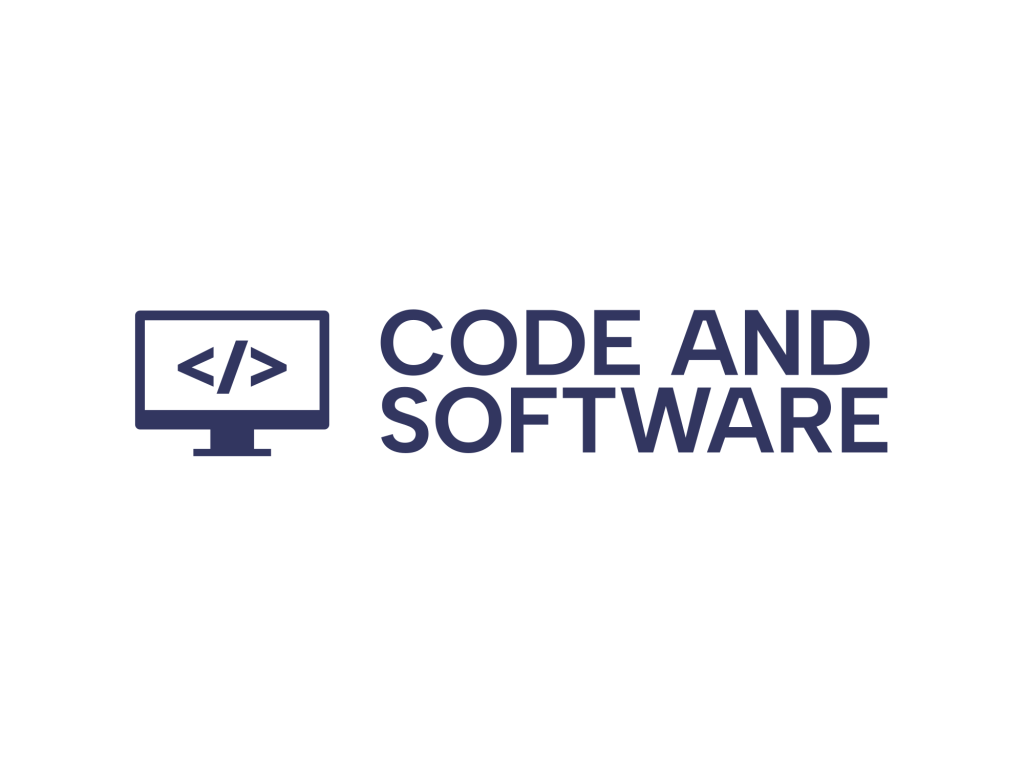In today’s digital landscape, artificial intelligence is not just a futuristic concept—it’s a practical tool that helps organizations scale, optimize processes, and innovate faster than ever. Among the multitude of AI solutions on the market, Collide AI stands out as a versatile and powerful platform designed to enhance business intelligence, content generation, and automation. However, to maximize the value of Collide AI, it is essential to adopt a structured approach for integration.
This article presents best practices for integrating Collide AI into your existing technology stack, ensuring that your team can benefit fully from its advanced capabilities without disrupting existing workflows.
1. Understand Your Use Cases and Goals
Before diving into technical integration, identify the specific use cases you aim to solve with Collide AI. Whether your objective is to automate content creation, improve customer service via intelligent chatbots, or derive insights from data, defining these goals helps guide the integration process.
Key questions to consider:
- What are the pain points in current workflows?
- What type of data do you want to feed into or extract from Collide AI?
- Who will be the primary users within your organization?
This clear understanding will ensure that your integration is targeted and effective instead of exploratory and inefficient.
2. Evaluate Compatibility with Your Existing Stack
Collide AI offers APIs and SDKs that simplify integration, but it is critical to assess compatibility with your existing IT infrastructure. Consider key architectural factors such as programming languages, frameworks, and middleware currently in use. This helps prevent costly refactors or system conflicts during integration.
Recommended compatibility checkpoints:
- Supported API protocols (REST/GraphQL, WebSocket, etc.)
- Authentication and token management systems
- Database compatibility for data-driven tasks
- Frontend integration via JavaScript or native SDKs
 integration, software, api
integration, software, api
Ensuring alignment between Collide AI components and your tech stack reduces the chances of failures or miscommunication between systems.
3. Secure Your Data Pipeline
Data integrity and security are paramount, especially when integrating external platforms like Collide AI. Data transmitted between your systems and Collide AI should be encrypted using the most up-to-date standards, such as TLS or HTTPS protocols.
Security best practices include:
- Enabling role-based access control (RBAC) and multi-factor authentication (MFA)
- Storing API keys and secrets in secure key vaults
- Implementing audit logging to trace data access and changes
- Validating and sanitizing all incoming and outgoing data
Make sure your legal or compliance team evaluates Collide AI for GDPR, HIPAA, or other regulation compatibility as needed.
4. Start With a Minimal Viable Integration (MVI)
One common mistake is attempting to overhaul existing systems with extensive, untested AI functionality. Instead, begin with a Minimal Viable Integration (MVI) that can demonstrate immediate value with low risk. This lets stakeholders see tangible results, while developers discover integration challenges early for corrective action.
Examples of a good MVI:
- Implementing a single AI-generated report within an analytics dashboard
- Launching a content generation test for a marketing campaign
- Deploying one chatbot on a lower-priority customer service channel
You can expand functionality iteratively once your team is comfortable with initial performance and workflows.
5. Align Your Team and Skills
Collide AI may appear to be a plug-and-play solution, but to use it effectively, cross-functional teams must be aligned. Both technical and non-technical staff should have clarity on how the AI system works, who is responsible for what, and what success looks like.
Team alignment strategies:
- Train developers on Collide AI APIs and tools via documentation and sandbox environments
- Educate stakeholders on what AI can and cannot do to manage expectations
- Form an AI governance board to oversee ethics, performance, and KPIs
This ensures not only a smoother technical integration but also higher organizational adoption and trust.
6. Monitor Performance and Adjust
After your initial integration is live, monitoring system performance is crucial. Metrics such as speed, accuracy, API latency, and failure rates provide actionable insights into how well Collide AI is performing within your ecosystem.
Key performance indicators to track:
- Time saved in automated workflows compared to manual processes
- Accuracy and relevance of AI-generated content or insights
- System uptime and error frequency
- User satisfaction and adoption metrics
 dashboard, analytics, performance
dashboard, analytics, performance
Use these data points to iterate: improve models, refine prompts, or expand integrations to other parts of your tech stack.
7. Prioritize Ethical and Transparent AI Use
AI implementation can raise questions about transparency, data privacy, and bias. Integrating Collide AI should include a framework for addressing these concerns proactively.
Make ethics a core part of your strategy by:
- Defining AI usage policies and user rights
- Disclosing when content or interactions are AI-generated
- Auditing datasets for bias before training or integrating them
- Creating avenues for user feedback and algorithm correction
By addressing ethical concerns from the start, your organization builds trust internally and externally.
8. Foster a Culture of Continuous Improvement
AI is a fast-evolving field—what’s cutting-edge today might be obsolete tomorrow. Therefore, your Collide AI integration must not be static. Adopt a mindset of continuous learning among your team members.
How to stay ahead:
- Subscribe to Collide AI updates and community forums
- Conduct quarterly tech stack reviews involving AI tools
- Host internal workshops to brainstorm new AI use cases
This proactive approach ensures that your organization continually benefits from new features, performance upgrades, and improved models.
Conclusion
Integrating Collide AI into your technology stack is a strategic move that can significantly enhance productivity and innovation. However, success depends on clear goals, careful planning, robust security, and a culture of adaptability. By following these best practices, you not only avoid common pitfalls but also unlock the transformative power of AI in a controlled and scalable way.
As you consider integration, remember: Collide AI is a tool—not a magic wand. It works best when supported by sound engineering, strategic planning, and a human-centered approach.

